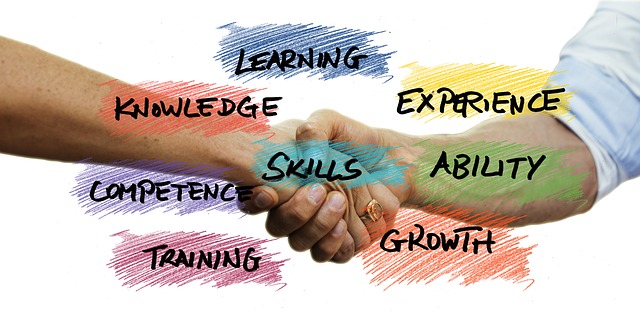Kelly McGonigal in her presentation for the Mindful Healthcare Summit challenged the widely held belief that you cannot experience compassion fatigue. Many people contend that compassion fatigue does not occur because the heart is capable of endless kindness and love for others. Kelly maintains that motivation and goodness of heart are not sufficient to prevent the depression and burnout that can result from compassion fatigue. She asserts that compassion has to be supported by adequate self-care if it is to be sustained.
Compassion and the stress response
Kelly argues that compassion is like the stress response when viewed physiologically. Compassion floods the body with hormones such as dopamine and marshals the body’s energy to relieve the suffering of others. However, while this can be very energising and exciting in the short term, compassion takes its toll in the longer term both bodily and mentally, as we do not have endless physical and mental reserves.
The possibility of compassion fatigue can be increased where a helping professional or carer experiences vicarious trauma or moral distress – the latter being defined as being required to do things that clash with a person’s values or moral perspective, a frequently occurring ethical dilemma within the medical profession.
Compassion fatigue
Kelly suggests that compassion fatigue occurs when a person lacks the energy and resources to pursue their motivation to care in such way that it achieves personal satisfaction (activates the reward system). Outcomes achieved fall short of personal expectations and/or the expectations of others, despite the strength of the caring intention. The compassionate person feels exhausted and feels that the more they give the less they experience satisfaction – the gap between input of energy/time and the expected satisfaction increases, leading to burnout. The depletion of energy and satisfaction could be the result of factors outside the helper’s/carer’s control – such as structural blockages, breakdown in information exchange, overwork or under-resourcing.
Compassion needs nourishment
One of the issues that exacerbates the problem of compassion fatigue is the belief in the endless capacity of an individual to be compassionate through the goodness of their heart or the purity of their intentions. As a result of this false belief, helpers/carers fail to take the necessary actions to nourish themselves (and their compassionate action) and/or are reluctant to accept compassion extended to them by others.
Personal nourishment can take many forms – getting adequate sleep, meditation (especially self-compassion meditation), listening to relaxing/inspiring music, prayer (whatever form it takes) or drawing strength and healing from nature. It also requires an openness to receiving compassion from others – challenging false beliefs such as “no one else can do this”, “I will be seen to be weak if I accept help from others”, “I really shouldn’t pander to my own needs by having that short break or having a reasonable period for lunch”, “I can’t afford to become dependent on others for assistance”. Additionally, positive social connection– to offset the tendency to withdraw under extreme stress– is a critical source of self-nourishment.
As we grow in mindfulness through meditation our awareness of others’ suffering and our motivation to help are heightened. The capacity for compassionate action is not limitless and needs nourishment. Central to this nourishment is self-compassion.
____________________________________________
Image by DarkWorkX from Pixabay
By Ron Passfield – Copyright (Creative Commons license, Attribution–Non Commercial–No Derivatives)
Disclosure: If you purchase a product through this site, I may earn a commission which will help to pay for the site, the associated Meetup group and the resources to support the blog.



